Essential Oils and Pets: A Guide to the Safe and Risky Choices
Are essential oils safe for your pets? This pressing concern is faced by many pet owners who enjoy the benefits of aromatherapy but worry about the well-being of their furry and feathery companions. Essential oils and pets can coexist safely with the right knowledge and precautions. In this guide, we’ll dive into which essential oils pose risks, how to use them responsibly around pets, and safer alternatives for your home.
Crucial Insights for Pet Owners in the Aromatic World of Essential Oils
Many essential oils, the highly concentrated extracts from plants, have found their way into our homes in various forms:
- Pure oils
- Air fresheners
- Diffusers
- Room sprays
The allure of these essential oil blends is undeniable – the idea of harnessing nature’s goodness in its purest form is compelling. From reputable sources, we obtain pure essential oils that are organic, unsprayed, and preferred for their therapeutic use.
Yet, it’s essential to debunk the common misconception that natural equates to safe. Our pets, especially cats and dogs, have an acute sense of smell, making some scents uncomfortable for them. Moreover, the high concentration of plant substances in these oils can be toxic, posing risks to our pets.
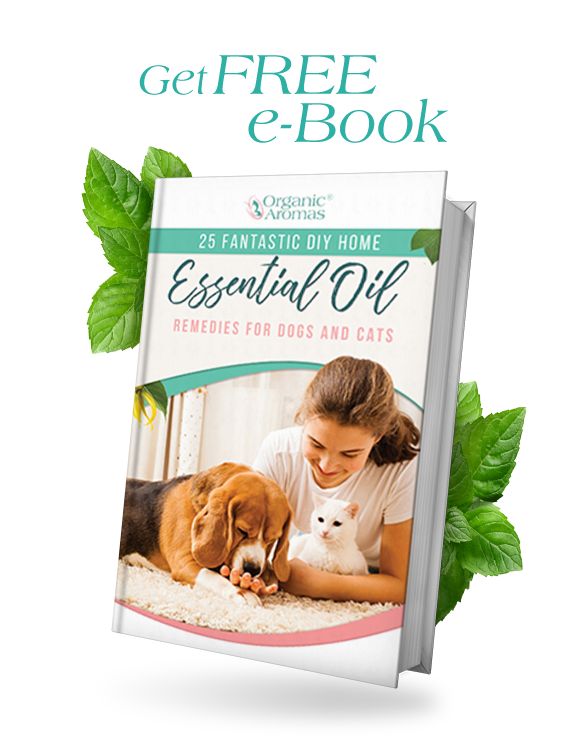
Sign Up to Get Your FREE Pets
e-Book Here…
The Appeal of Essential Oils
Essential oils have carved a niche for themselves in the realm of natural wellness and healing. Marketed as natural treatment options, they serve as alternatives to traditional medicine. This natural positioning of essential oils makes them an appealing choice for those seeking holistic approaches to health and understanding how essential oils can contribute to their well-being.
A large part of their appeal stems from the perception of health benefits. From lavender oil promoting relaxation to tea tree oil’s antibacterial properties and tea tree oil wintergreen, the purported health benefits of these oils have contributed to their popularity.
Recognizing the Risks
Despite their appeal, essential oils are not without their risks, especially when it comes to our pets. Inhaling the diffused oil can lead to adverse respiratory effects, especially in small spaces or over long periods of time. Potent scents from essential oils can result in changes in pet behavior and adverse effects on their central nervous system. Some potential risks of using essential oils around pets include:
- Respiratory issues
- Allergic reactions
- Skin irritation
- Digestive problems
- Neurological issues
It’s important to consult with a veterinarian before using essential oils around your pets to ensure their safety.
Some common toxic essential oils (not exhaustive list) that can be harmful to pets include a few oils:
- Eucalyptus
- Tea tree oil
- Cinnamon
- Citrus
- Peppermint
- Pine
- Wintergreen
- Ylang ylang
These toxic essential oils should be used with caution to ensure the safety of your pets.
It’s important to keep these oils out of reach of pets to ensure their safety. Symptoms of essential oil poisoning in pets include respiratory issues and skin irritation, signaling the need for immediate attention.
The Science Behind Essential Oil Toxicity in Pets
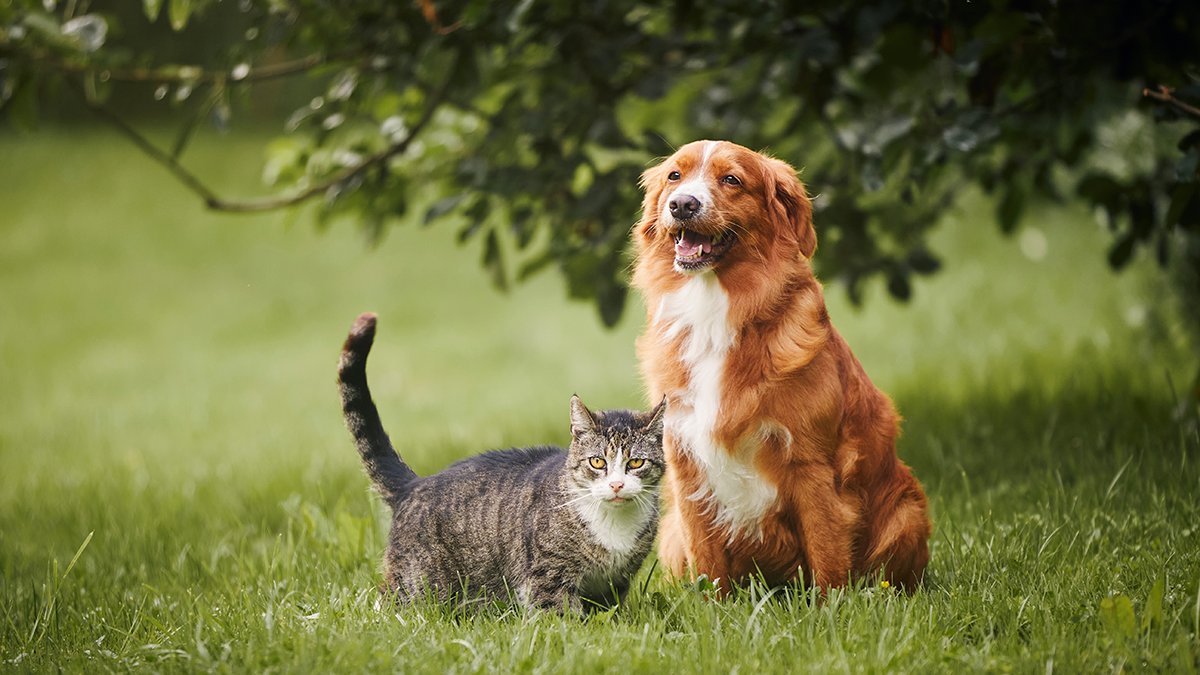
When we explore the science behind essential oil toxicity in pets, we find that unique metabolic processes in pets like dogs and cats can lead to toxic reactions such as respiratory distress and liver failure when exposed to essential oils. Oils containing chemicals that are rapidly absorbed into the body, either orally or through the skin, are often metabolized by the liver and can be poisonous to dogs, stressing liver function. Some essential oils that are toxic to pets include:
- Tea tree oil
- Peppermint oil
- Eucalyptus oil
- Citrus oil
- Cinnamon oil
It is important to keep these oils out of reach of pets and to consult with a veterinarian before using any essential oils around your pets.
The degree of toxicity is influenced by factors such as dosage, concentration, and the route of exposure to essential oils, with the highest risk posed by oral ingestion. Direct application of essential oils to a pet’s skin could lead to chemical burns, causing tissue damage and inflammation. Exposure could also disrupt liver and nervous system functions in dogs, depending on the specific oil. Some important points to remember about essential oil toxicity in pets are:
- The highest risk is from oral ingestion
- Direct application to the skin can cause chemical burns
- Liver and nervous system functions can be disrupted in dogs
Moreover, adding essential oils to a pet’s water can lead them to inadvertently ingest essential oils, which can irritate the mouth, throat, and digestive system, presenting another potential route of toxicity.
Cats and Essential Oils: A Dangerous Mix
Cats have their own unique set of challenges when it comes to essential oils. Oils such as:
- cinnamon
- tea tree
- thyme
- birch
- wintergreen
- clove
- oregano
are especially dangerous for our feline friends and should be used with extreme caution.
Cats have a unique sensitivity to essential oils containing polyphenolic compounds, which can hinder liver detoxification and pose a serious health risk. This makes it crucial for cat owners to be extra vigilant about the types of oils they use around their pets.
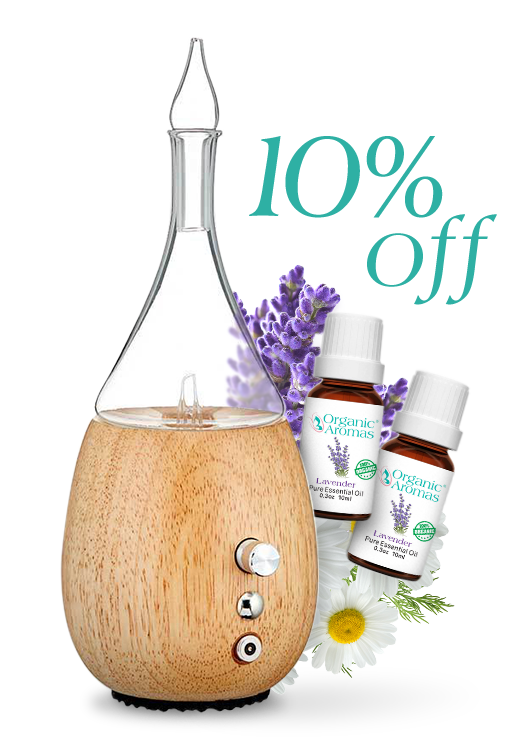
Join Now and Get a Coupon for 10% Off!
Dogs’ Sensitivity to Oils
Dogs, much like their feline counterparts, also exhibit sensitivity to essential oils. Even a small quantity of essential oil absorbed through the skin or ingested can be detrimental to a dog’s health. Certain essential oils can trigger allergies and disrupt their natural physiological processes.
Puppies and dogs with liver disease are particularly susceptible to the harmful impacts of essential oils and should be protected from exposure. If you have:
- Puppies under 10 weeks old
- Dogs with liver disease
- Dogs with breathing issues
- Dogs with epilepsy
It is crucial to seek professional advice before you use essential oils, ensuring you are using essential oils safely around them.
Safe Practices for Using Essential Oils Around Pets
While the potential risks of essential oils are real, safe practices can help mitigate these risks. Proper dilution of essential oils is paramount for safely using them around pets; for dogs, a recommended dilution between 0.5% to 1% is suggested.
As pets, especially cats and dogs, have an acute sense of smell, precautions should be taken to avoid direct exposure. As always, a veterinarian should be consulted before using essential oils around pets to learn about harmful oils, suitable carrier oils, and appropriate dosages.
Choosing Pet Safe Essential Oils
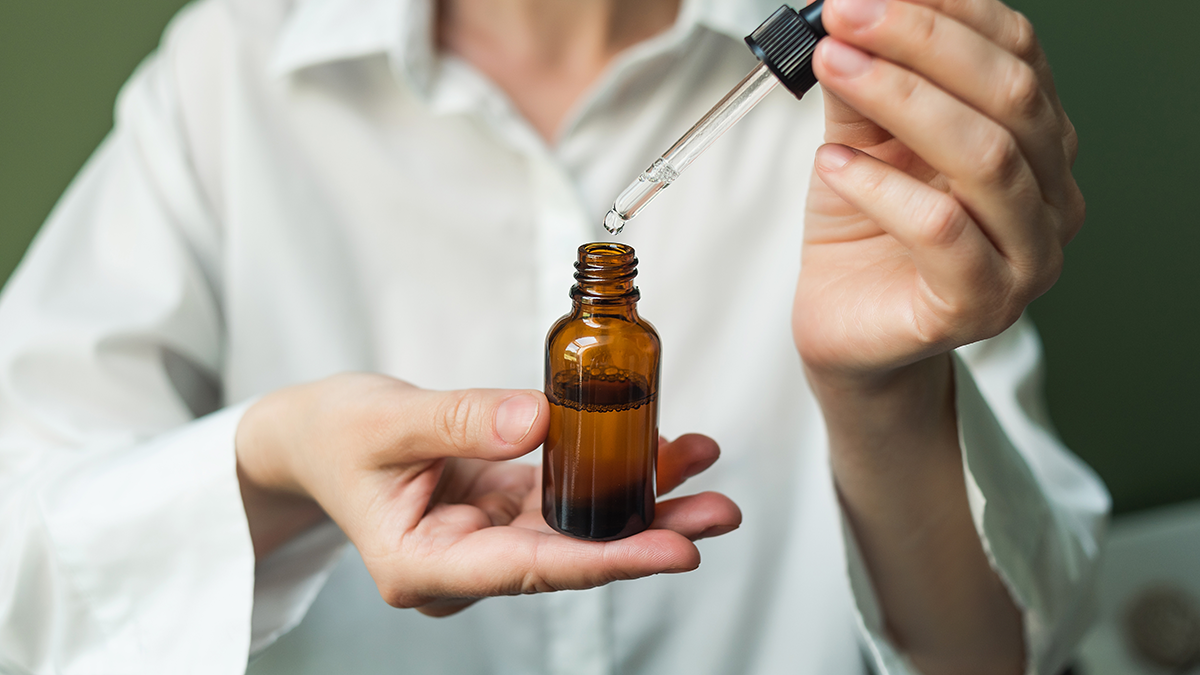
When it comes to selecting essential oils that are safer for pets, there are a few options. Some essential oils that are considered safer for use around dogs include:
- Lavender
- Chamomile
- Cedarwood
- Frankincense
- Lemon
- Eucalyptus
- Rosemary
- Bergamot
These oils can be used in diffusers or diluted for topical use. However, it’s important to note that every dog is different, and some dogs may have sensitivities or allergies to certain oils. Always monitor your dog’s reaction and consult with a veterinarian if you have any concerns.
However, it’s worth noting that some essential oils products classified as GRAS (Generally Recognized as Safe) by the FDA, doesn’t guarantee safe usage around pets, especially in terms of correct dosages or undiluted application. Even with essential oils believed to be safe for pets, it is still crucial to consult with a veterinarian to ensure their safe use and to discuss proper dosages and applications.
Diffusing Essential Oils with Care
Diffusing essential oils should be done with care to minimize exposure to pets. Here are some guidelines to follow:
- Essential oils should be diffused away from pets, ensuring they cannot access the diffuser.
- Limit the time span of diffusing to minimize exposure.
- Use your diffuser for short periods, with only a few drops of essential oil.
- Select models with intermittent settings or automatic shut-off to protect pets when diffusing oils.
Ensuring that the room is well-ventilated while diffusing essential oils can prevent vapor buildup that could potentially harm pets. Microdroplets from diffused essential oils can accumulate on a pet’s fur and may lead to skin absorption or ingestion during grooming, therefore contact should be prevented.
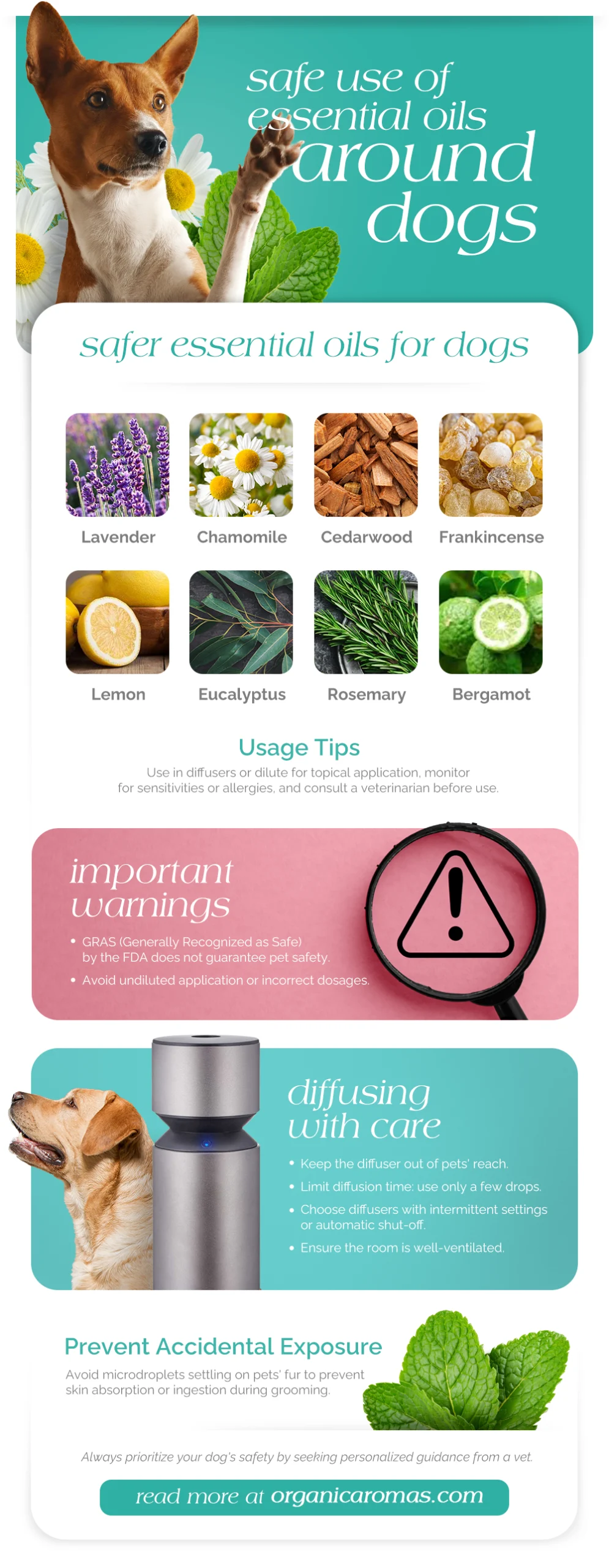
Special Considerations for Essential Oils and Pets
Essential oils can pose significant risks to reptiles, birds, and small mammals such as hamsters, guinea pigs, and ferrets, with smaller animals generally being more at risk. Birds are particularly at risk from the toxicity of essential oils. Exposure to essential oils can potentially lead to adverse effects on the chemosensory and nervous systems, as well as on the immune, respiratory, and metabolic functions of small animals and birds.
Reptiles and birds are particularly vulnerable to the fumes of essential oils due to their unique respiratory systems. While it’s easy to focus on just cats and dogs, we should remember that the world of pets is as diverse and varied as the humans who care for them.
Horses and other Farm Animals
Horses and other farm animals also come under the purview of pet safety when it comes to essential oils. Interestingly, horses respond well to essential oils and traditional herbal remedies. Sherie Vermeer, creator of EquiSpa products, has been riding and training and caring for horses for 40 years and she has done in-depth study of equine interaction resulting from exposure to aromas and essential oils.
These insights from preliminary research underscore the importance of understanding each animal’s unique response to essential oils, and the need for further research in this area.
Reptiles and Amphibians: The Overlooked Pets
Reptiles and amphibians often get overlooked in the pet world, but they too carry a unique set of risks when it comes to essential oils. They have a unique physiology that could make them particularly sensitive to essential oils. Essential oil diffusers should not be used around reptiles and amphibians as they are exceptionally susceptible to respiratory distress from the oils.
If exposed to essential oils, the treatment for reptiles and amphibians often includes decontamination, supportive care, and monitoring, which is similar to the procedures followed for other pets. This highlights the need for pet owners of all kinds to exercise caution and seek professional advice when using essential oils.
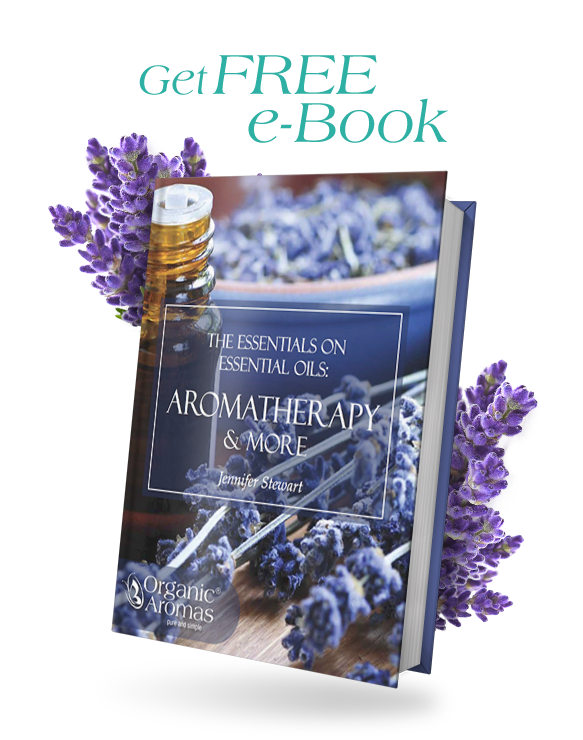
Sign Up to Get Your FREE
e-Book Here…
Essential Oils and Avian Pet Safety
Birds are exceptionally sensitive to environmental changes and pollutants, making the use of essential oils around them particularly risky. Due to their unique and highly efficient respiratory systems, birds can quickly absorb airborne particles, including the microscopic droplets dispersed from essential oil diffusers. This heightened sensitivity can lead to respiratory distress or even toxic reactions, underscoring the need for extreme caution.
When considering the use of essential oils in homes with avian pets, it is crucial to consult with a veterinarian knowledgeable about birds. If essential oils are used, they should be diffused in a well-ventilated area far from the birds, ensuring that the concentration of any airborne particles is kept to a minimum. Some oils, like lavender and chamomile, are generally safer and can be used with caution. However, oils known to be highly toxic to birds include eucalyptus, tea tree, peppermint, and citrus—these should be avoided entirely in households with avian members.
Other Exotic Pets – Ferrets, Rabbits, Cavies and other Rodents
For owners of other exotic pets, such as ferrets, rabbits, and rodents, essential oil safety is a critical concern. Essential oils can be toxic to small mammals who tend to be curious pets. The risk of toxicity from essential oils is generally higher in smaller animals.
Essential oil diffusers can be harmful to exotic pets as they can breathe in the droplets or ingest them when grooming. Inhaling diffused oils from an essential oil diffuser can cause aspiration pneumonia in pets, which is a concern for small animals like ferrets, rabbits, and rodents. Certain essential oils such as:
- eucalyptus
- tea tree
- citrus
- peppermint
are known to be toxic to pets and can cause liver damage, vomiting, diarrhea, seizures, skin problems and other health issues.
Herbal Infused Pet Products as Alternatives

With the potential risks of essential oils, it’s natural to look for alternatives. Herbal infused pet products present a viable option. For instance, garlic, in controlled doses, may serve as a natural flea and tick repellent and aid in bolstering a dog’s immune system.
However, while herbal-infused pet products can be a safer alternative to pure essential oils, current information is limited and further research is needed. It’s always best to consult with a veterinarian before introducing new products into your pet’s routine.
Responding to Essential Oil Poisoning
In the unfortunate poisoning of a particular animal, knowing how to respond is crucial. Signs of essential oil poisoning in pets can include:
- Difficulty breathing
- Uncoordinated gait
- Drooling
- Vomiting
- Muscle tremors
If you suspect your pet has had contact with essential oils, monitor for symptoms and immediately call a veterinarian or the Pet Poison Helpline.
To minimize skin exposure, wash off any oils using dishwashing detergent, but do not induce vomiting or give activated charcoal unless advised by a veterinarian. Treatment for essential oil poisoning in pets may include anti-vomiting medication, stomach protectants, and medication to support liver function, all dependent on the specific circumstances. While recovery may take up to a week, the prognosis for pets after essential oil exposure is generally positive, especially with prompt medical attention.

Join Our Exclusive Member Club to get Big Discounts!
Expert Insights from Organic Aromas
As we navigate the complex world of essential oils and pet safety, expert insights can be invaluable. Organic Aromas, a leader in essential oil education and inventor of the nebulizing diffuser, advises caution when using certain oils around animals.
They put a strong emphasis on education and promoting the best and safest ways to use and diffuse essential oils around pets. This highlights the importance of informed decisions when it comes to our pets’ health.
Essential Oils and Pet Safety: A Comprehensive Overview
In the realm of essential oils, the adage ‘natural does not always mean safe’ holds true. While essential oils offer potential health benefits, their use around pets requires caution and informed decisions. The risks range from respiratory issues to toxic effects, with certain oils posing more danger than others.
The key to safely navigating this fragrant world lies in understanding each pet’s unique sensitivities, consulting with veterinarians, and following safe practices. As pet parents, it’s our responsibility to ensure that our pursuit of natural wellness does not compromise our pets’ health.
Frequently Asked Questions
Can I use any essential oil around my pets?
No, not all essential oils are safe for pets. Oils such as eucalyptus, tea tree, citrus, and peppermint can be toxic to pets and should be avoided.
What are the symptoms of essential oil poisoning in pets?
If your pet shows symptoms such as difficulty breathing, uncoordinated gait, drooling, vomiting, and muscle tremors, it’s crucial to contact a veterinarian right away. Take action promptly to ensure your pet’s health and well-being.
Are there safer alternatives to essential oils for pets?
Yes, herbal infused pet products can be a safer alternative to essential oils for pets, but always consult with a veterinarian before using new products.

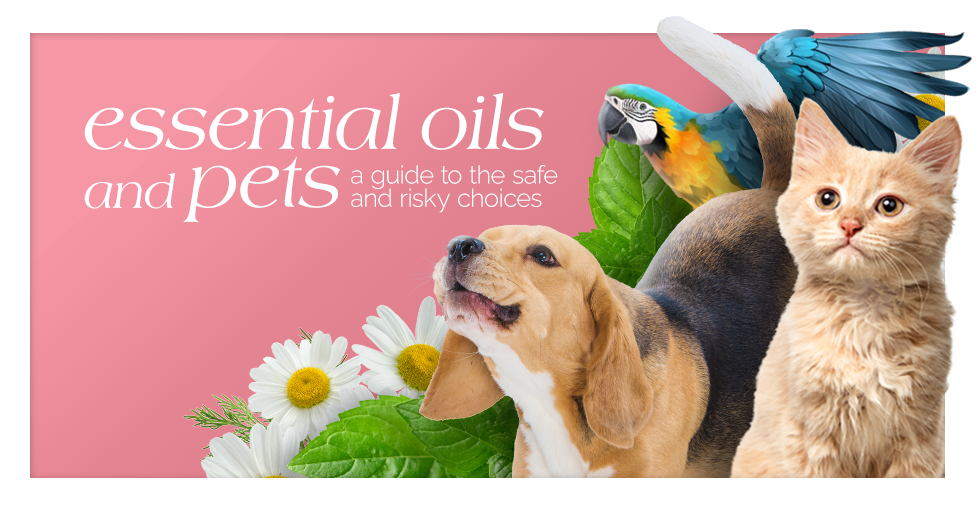

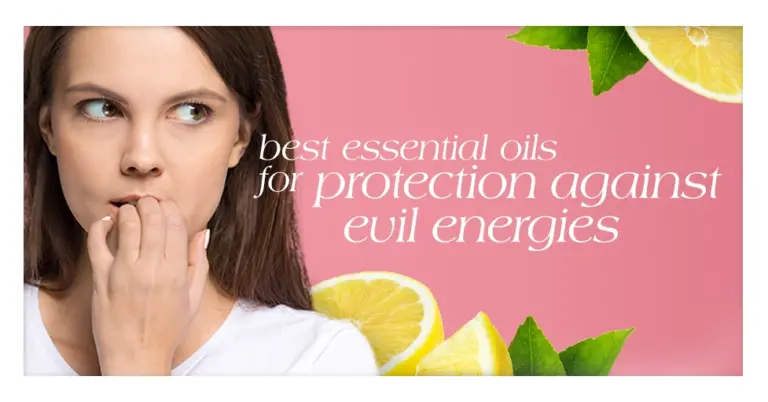




Very interesting